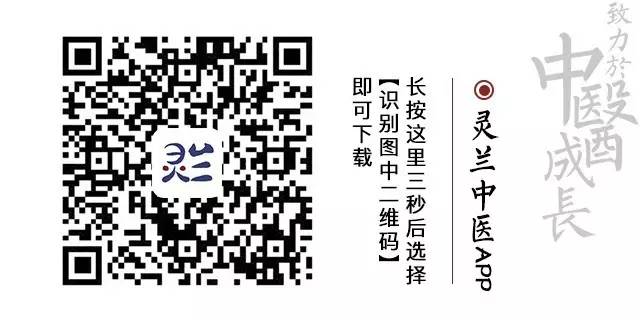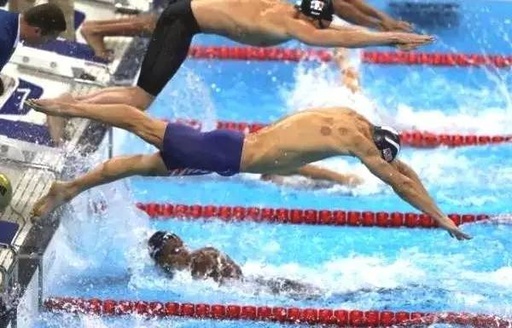
TCM Book Club Issue 1056
Daily updates to accompany the growth of TCM practitioners
IIntroduction: Recently, the marks of cupping therapy on foreign athletes have taken the Chinese media by storm during the Olympics, showcasing the “power of ancient techniques.” “Foreigners are using cupping too!” However, I had never really paid attention to cupping before, so I quickly brushed up on my knowledge and would like to share it with fellow practitioners. I also welcome everyone to share their clinical experiences with cupping. (Editor/Wali)

Do TCM practitioners really understand cupping?
Author/Wali
Recently, the marks of cupping therapy on foreign athletes have taken the Chinese media by storm during the Olympics. Under many articles with over 100,000 views, people are smiling and saying, “Foreigners are using cupping too!” This indeed gives TCM another opportunity to gain global attention.
As the athletes leap forward with the “mark of TCM” in pursuit of their dreams and national pride, should we, the applauding TCM practitioners, also settle down and commit ourselves to the TCM cause?
It is somewhat embarrassing that, despite graduating from a TCM university, I have always regarded cupping as a minor technique and neglected to understand it. I believe many share this sentiment. Therefore, I utilized the “search” function in the Linglan TCM App to quickly learn about cupping.
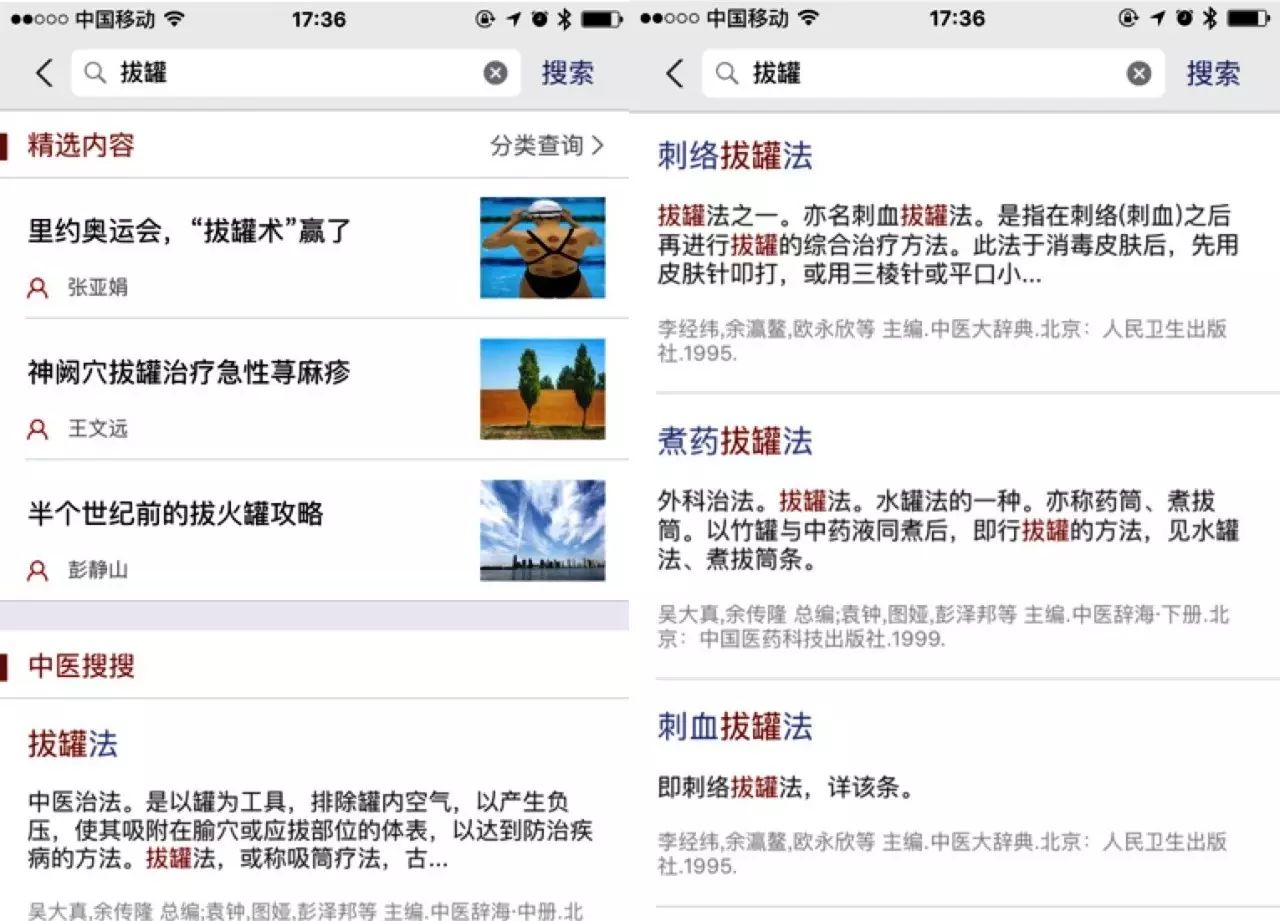
-
With a long history, it is not just a rural woman’s specialty
Cupping, historically known as “horn method,” was originally made from cow horns; nowadays, glass cups, bamboo cups, and vacuum cups are commonly used. Cupping therapy is not merely a rural technique. The earliest record of cupping can be found in the silk manuscript “Fifty-Two Diseases” unearthed from the Mawangdui Han tombs; it is also mentioned in “Emergency Prescriptions” and “Secret Essentials of External Medicine” for treating sores and swellings. In the Qing Dynasty, “Li Yu Pian Wen” used it for wind diseases and jaundice, while “Compendium of Materia Medica” discussed its use for wind-cold, dizziness, wind-dampness, and abdominal pain.
It seems that my understanding was too narrow.
“Compendium of Materia Medica” also elaborates on the manufacturing of tools, acupoints, and the procedure. For example: “Burn a small piece of paper until it flames, then place it in the cup, and apply the cup to the affected area… When the cup absorbs the heat and adheres to the skin, it must be left until it falls off on its own. The patient will feel a warm sensation entering through the pores, and when the heat dissipates, it will fall off. A red halo will appear on the skin, and moisture will be released from the cup, expelling wind and cold without the need for medication.”
How vivid!
The “TCM Search” also informs me that the marks left by cupping can serve as references for diagnostic analysis. For instance, if the cupping marks are dark purple, it indicates blood stasis; if they are black-purple with tenderness, it suggests heat toxin accumulation; if the marks are slightly itchy or have skin lines, it indicates invasion by wind evil; if there is no change in skin color or it is pale, it often indicates a deficiency-cold syndrome. After bloodletting cupping, red blood indicates heat, while blue blood indicates cold. If the cupping marks show edema or are prone to blisters, it suggests a significant presence of dampness evil.
Seeing such useful indicators, I maximized the images online, wishing I could dive into the screen to analyze them:
Does Phelps’ dark purple cupping mark indicate blood stasis?
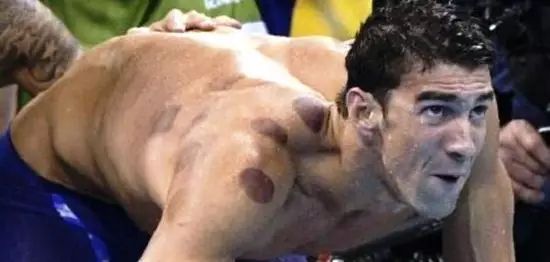
Natalie Coughlin’s lighter color, does it indicate deficiency-cold?
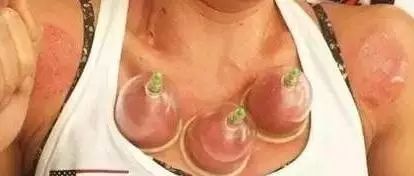
After much deliberation, I reached no conclusion. I wonder what insights others might have; feel free to share your thoughts.
-
Various techniques, integrating needles, herbs, and cupping
In fact, there are many forms of cupping, and I discovered some different techniques. For example:
Needle-Cupping Method. This method combines acupuncture and cupping. First, needles are inserted at acupoints, and after achieving qi, the needles are retained, followed by cupping. This is suitable for wind-damp pain syndromes. Precise application is necessary to avoid pressing on the needle handles.
Herbal Cupping Method. Mentioned in “Authentic Surgery,” also known as the herbal tube method. This method combines cupping with herbal therapy. The cupping procedure facilitates the penetration and absorption of the herbal medicine, warming the meridians, dispelling wind and dampness, and relieving pain. It is suitable for wind-damp pain, lumbar and leg pain, acute and chronic sprains, asthma, bronchitis, and early-stage mastitis. The herbal solution can be adjusted according to the condition, typically using warm, pungent herbs that invigorate blood and relieve pain.
The herbal cupping method can be divided into two categories based on the operation: boiled herbal cupping and stored herbal cupping. The former falls under the category of “water cupping,” while the latter, which requires storing the herbal solution in the cup and using vacuum suction, belongs to the vacuum cupping method.
Bloodletting Cupping Method. Also known as blood-letting cupping, this comprehensive treatment involves performing bloodletting before cupping. After disinfecting the skin, the skin is tapped with a skin needle or lightly pricked with a three-edged needle or a small flat knife, depending on the disease and required stimulation, categorized into light, medium, and heavy pricking.
Light pricking results in a red halo on the skin, medium pricking results in slight bleeding, and heavy pricking results in pinpoint bleeding; then cupping is performed, with each session lasting about 15 minutes. After cupping, the blood is wiped clean with a disinfected cotton ball, and the total amount of blood drawn should not exceed 10 milliliters (for adults). Generally, treatment is performed every 3-7 days, with 4-6 sessions constituting one course of treatment.
This method is indicated for muscle strain, sprains, lumbar and leg wind-damp pain, neurodermatitis, skin itching, erysipelas, neurasthenia, and gastrointestinal neurosis. It is not suitable for acute infectious diseases, cancer, or conditions with a tendency to bleed, and should be used cautiously in areas with large blood vessels.
-
Expert experiences, masters also adept at cupping
Cupping techniques are diverse and applicable to a wide range of conditions, including various acute and chronic pains, nerve paralysis, gastrointestinal disorders, skin diseases, and even infertility.
In He Puren’s “Three Passages Method,” there is a theory of “strong passage—cupping—external pathogens,” which states that for external pathogen diseases, such as colds and arthralgia, or for those with internal deficiency prone to external pathogens, cupping is often used to dispel wind evil. Of course, for those with obvious blood stasis, such as varicose veins, bloodletting therapy is also used to enhance passage.
In the “Cupping Guide from Half a Century Ago,” Mr. Peng Jingshan shared his experiences, and I gained much from his special cupping techniques and specific site treatment methods.
In clinical point selection, Mr. Peng suggested that cupping should generally be applied to the center of the affected area, where the pain is most severe, and if it can be applied to acupoints, the effect will be even better.
He recommended for colds with nasal congestion and cough: use Tian Tu (Tiantu), Qi Hu (Qihuxue), Feng Men (Fengmen), and Fei Yu (Feiyu) acupoints. For leg pain: use Huan Tiao (Huantiao), Feng Shi (Fengshi), and Feng Long (Fenglong) acupoints. Choose based on the area of pain. For cough and asthma: use Chuan Xi (Chuanxi) and Qi Chuan (Qichuan) acupoints. For abdominal pain: use Zhong Wan (Zhongwan) and Guan Yuan (Guanyuan) acupoints.
Thus, I have learned a lot about cupping through TCM Search and have gained a basic understanding of it. If any foreign friends tell me, “Cupping is truly amazing!” I can now respond with a wealth of knowledge.
Do you also want to enrich your knowledge on TCM topics that interest you? Use the Linglan TCM App.
|
I Copyright Statement
I Submission Email [email protected] |
I
